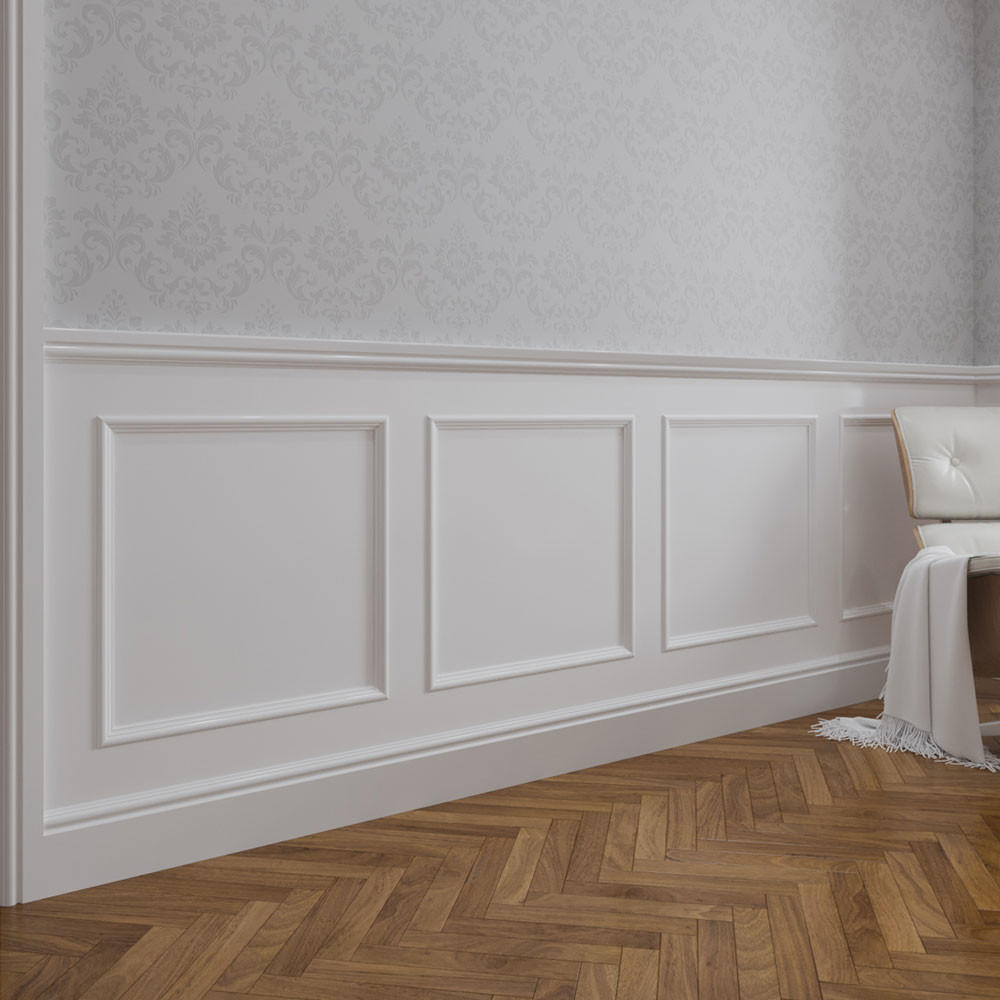
Architrave, a term plagiaristic from the Greek quot;architravus, quot; refers to a material discipline part that forms the header or beam resting directly on top of columns in classical architecture. However, its role extends far beyond ancient temples and 1000 edifices; architrave is a vital element in modern plan that frames doors, windows, and even ceilings, creating a svelte look in both human action and commercial message spaces. In this article, we will search the signification of architrave, its real linguistic context, types, and realistic applications in contemporary architecture.
Historical Context of Architrave
Historically, torus skirting board played a crucial role in the biology wholeness of classical buildings. In ancient Greek and Roman architecture, the architrave was the worst part of the entablature, supporting the frieze and the above it. Its design often included intricate carvings and embellishments that mirrored the art of the era. As branch of knowledge styles evolved, the work of architraves distended, adapting to new materials and design philosophies.
Types of Architrave
Architraves come in various styles, each appropriate to different field of study themes and purposes. The most green types admit:
-
Flat Architrave: A simpleton, efficient plan that typically consists of a flat room that surrounds doors and Windows. This minimalist style is pop in contemporary homes for its strip lines.
-
Beaded Architrave: This type features a bead or rounded along the edges, adding a subtle cosmetic touch. It rsquo;s often used in orthodox settings to raise a look.
-
Ovolo Architrave: Characterized by its curving visibility, the ovolo plan brings a sense of elegance and is usually ground in more ornate interiors.
-
Chamfered Architrave: This design has angular edges, providing a Bodoni squirm that fits well in coeval and industrial-style spaces.
-
Crown Architrave: Often used in ceilings and as a decorative , top architraves can add and , making them nonsuch for thou entrances and voluptuous interiors.
Practical Applications in Modern Architecture
In coeval plan, architraves serve both usefulness and aesthetic purposes. They help define spaces by visually framework doors and windows, enhancing the overall cohesion of a room. Moreover, they can various plan themes, from minimalist to eclectic.
When selecting architraves for a see, considerations admit stuff, style, and colour. Common materials straddle from wood and MDF to PVC, each offer different benefits in terms of strength and sustainment. Additionally, choosing a tinge that contrasts or harmonizes with the wall can significantly bear upon the room 39;s ambiance.
Conclusion
The architrave is more than just a ornamental trim; it is a testament to the phylogeny of field of study design and a vital component that can transmute a quad. Whether you 39;re design a new home, renovating an existing quad, or simply seeking to get up your interior aesthetics, understanding the various types and applications of architrave can help you make hip decisions that enhance both functionality and looker. As discipline trends bear on to germinate, the architrave remains a unchanged element that bridges the past with the present, proving that good design never goes out of style.